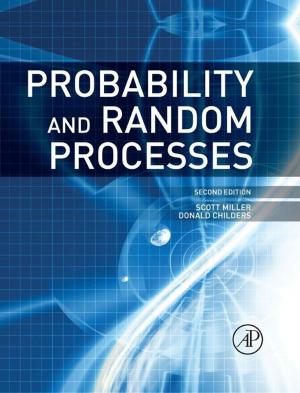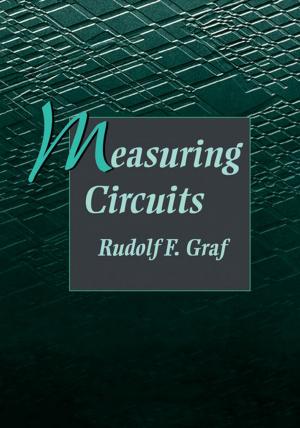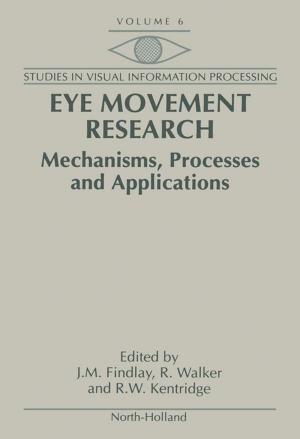WJ IV Clinical Use and Interpretation
Scientist-Practitioner Perspectives
Nonfiction, Reference & Language, Education & Teaching, Educational Theory, Evaluation, Health & Well Being, Psychology, Cognitive Psychology| Author: | ISBN: | 9780128021101 | |
| Publisher: | Elsevier Science | Publication: | January 28, 2016 |
| Imprint: | Academic Press | Language: | English |
| Author: | |
| ISBN: | 9780128021101 |
| Publisher: | Elsevier Science |
| Publication: | January 28, 2016 |
| Imprint: | Academic Press |
| Language: | English |
WJ IV Clinical Use and Interpretation: Scientist-Practitioner Perspectives provides clinical use and interpretive information for clinical practitioners using the Woodcock-Johnson, Fourth Edition (WJ IV). The book discusses how the cognitive, achievement, and oral language batteries are organized, a description of their specific content, a brief review of their psychometric properties, and best practices in interpreting scores on the WJ IV.
Coverage includes the predictive validity of its lower order factors and the clinical information that can be derived from its 60 individual subtests. Part II of this book describes the clinical and diagnostic utility of the WJ IV with young children for diagnosing learning disabilities in both school age and adult populations, and for identifying gifted and talented individuals.
Additionally, the book discusses the use of the WJ IV with individuals whose culture and language backgrounds differ from those who are native English speakers and who were born and raised in mainstream US culture.
- Discusses the organization and content of all three batteries in the WJ-IV
- Reviews best practices for score interpretation
- Covers psychometric properties and predictive validity
- Explores clinical information that can be extracted from 60 individual subtests
- Includes diagnostic utility for learning disabilities, giftedness, and non-English speaking populations
WJ IV Clinical Use and Interpretation: Scientist-Practitioner Perspectives provides clinical use and interpretive information for clinical practitioners using the Woodcock-Johnson, Fourth Edition (WJ IV). The book discusses how the cognitive, achievement, and oral language batteries are organized, a description of their specific content, a brief review of their psychometric properties, and best practices in interpreting scores on the WJ IV.
Coverage includes the predictive validity of its lower order factors and the clinical information that can be derived from its 60 individual subtests. Part II of this book describes the clinical and diagnostic utility of the WJ IV with young children for diagnosing learning disabilities in both school age and adult populations, and for identifying gifted and talented individuals.
Additionally, the book discusses the use of the WJ IV with individuals whose culture and language backgrounds differ from those who are native English speakers and who were born and raised in mainstream US culture.
- Discusses the organization and content of all three batteries in the WJ-IV
- Reviews best practices for score interpretation
- Covers psychometric properties and predictive validity
- Explores clinical information that can be extracted from 60 individual subtests
- Includes diagnostic utility for learning disabilities, giftedness, and non-English speaking populations















